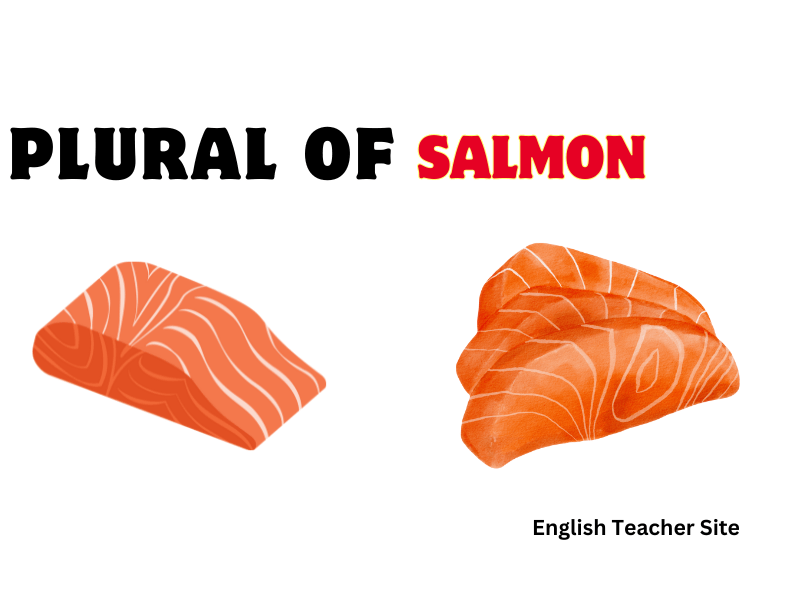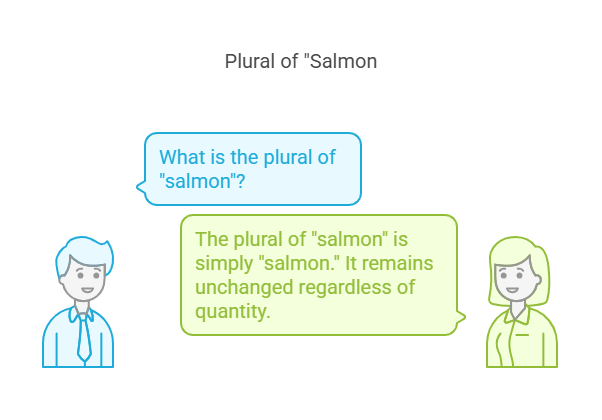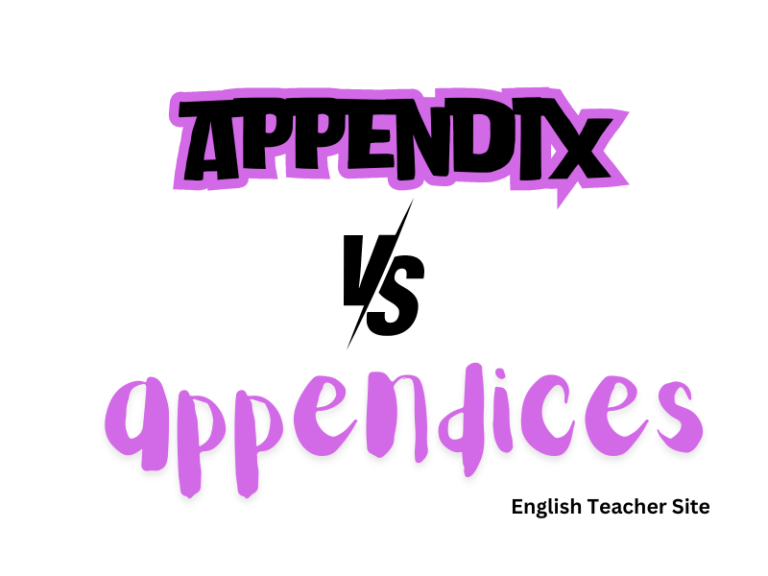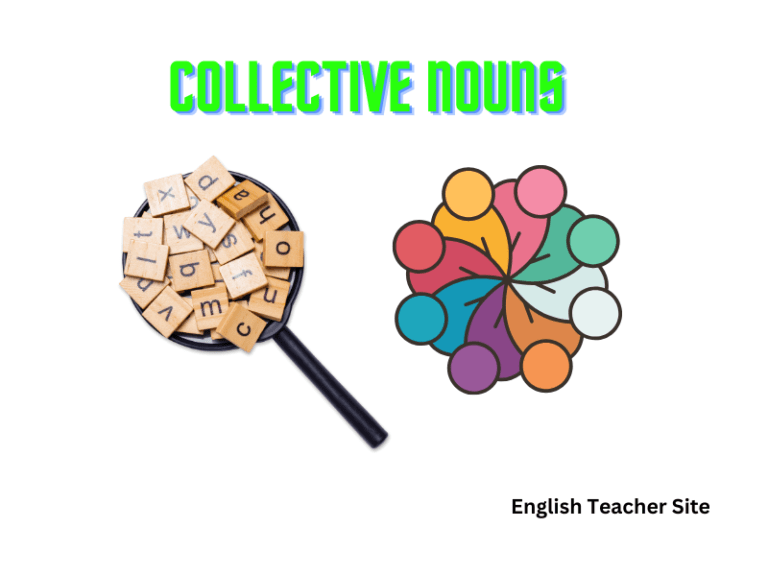Plural of Salmon Explained: What You Need to Know

The Curious Case of Plural of Salmon
The plural form of “salmon” is an intriguing grammatical puzzle that continues to trip up even the most seasoned language enthusiasts. While most English nouns form their plural by adding an “s” or “es,” “salmon” defies this convention. Many are left wondering: Is it “salmons” or “salmon” in the plural? This confusion arises because the word “salmon” is used the same way in both singular and plural contexts, leaving learners uncertain about whether they’re using it correctly.
Answer: Salmon is the plural form of Salmon
Common Misconceptions About the Plural Form of Salmon
A prevalent misconception is the assumption that “salmon” should follow the typical pattern for regular nouns, which would result in “salmons” as the plural. However, this is incorrect. Another common error involves the overuse of “salmon” in contexts that suggest a need for a plural form, when in fact, the singular “salmon” is entirely sufficient.
The Rules Behind Plurals: Regular vs. Irregular Forms
What Makes Salmon an Irregular Noun?
The term “salmon” is classified as an irregular noun because its plural form does not change from the singular. Unlike regular nouns that add an “s” or “es,” irregular nouns like “salmon” maintain the same form whether referring to one or multiple. This inconsistency is what makes “salmon” a bit tricky for those learning English.
Irregular nouns typically come from older forms of the language, where pluralization rules were not as rigid as they are today. Over time, many irregular nouns, including “salmon,” kept their singular form in both singular and plural contexts.
Does Salmon Have a Plural? The Answer You Didn’t Know You Needed
Why Salmon Doesn’t Change in the Plural Form
The reason “salmon” doesn’t change in the plural form is rooted in its historical linguistic origins. Like many other words borrowed from Latin and Old French, “salmon” retains its singular form even when referring to more than one. The lack of change in its plural form is not an anomaly but a reflection of the way these words evolved in English.
This unchanging plural form is consistent with many other nouns of Latin and Old French origin, where the plural is often indicated by context rather than modification of the word itself.
Examples of How to Correctly Use “Salmon” in Both Singular and Plural Contexts
When using “salmon,” context will dictate whether it refers to one or more fish. If you are discussing a single fish, you say “salmon.” If you are referring to multiple fish, “salmon” remains the same.
For example, “I caught a salmon” and “We caught several salmon” both use the word “salmon” correctly, despite referring to one or multiple fish.

Common Mistakes People Make with the Plural of Salmon
Mixing Up Salmon with Other Fish That Do Change Form
Many people mistakenly assume that because “salmon” is a type of fish, it must follow the same pluralization rules as fish like “goldfish” (goldfishes) or “tuna” (tunas). This confusion arises from the incorrect assumption that all fish names behave in the same way.
Overthinking the Plural and Incorrectly Adding an ‘S’
Another mistake often made is overthinking the plural form and erroneously adding an “s” to “salmon.” This error is typically seen when people are unsure of the rules and unconsciously follow the standard pattern for regular nouns. The correct form, however, is always “salmon,” whether referring to one or more.
Real-Life Examples: Using Salmon in Everyday Speech
Correct Usage in Everyday Conversation
In everyday speech, the word “salmon” is used as both singular and plural without any changes. Whether talking about one piece of fish or multiple, the term “salmon” remains the same. “I ordered salmon for dinner” and “We caught several salmon today” are both accurate and commonly used expressions.
Common Phrases or Expressions that Feature the Plural of Salmon
Certain phrases in English, such as “salmon run” or “catching salmon,” refer to the process of fishing or harvesting these fish. In these cases, “salmon” is inherently pluralized by context, which makes understanding the term straightforward for native speakers and language learners alike.
Exceptions and Special Cases: When to Worry About the Plural Form
Instances Where the Plural of Salmon May Be Confusing
While “salmon” remains the same in both singular and plural forms, confusion may arise when used in highly specific contexts, such as scientific classifications or when discussing different types of salmon. In these instances, understanding the precise usage and the context of the conversation becomes crucial.
Exploring the Differences Between “Salmon” and Similar-Sounding Words
Words like “salmon” often get mixed up with other similar-sounding terms. “Salmonella,” for instance, might confuse some into thinking “salmon” follows a different pluralization rule. It’s essential to distinguish these terms and recognize their different functions in the language.
Conclusion: Mastering the Plural of Salmon with Confidence
Mastering the plural of “salmon” is more than just memorizing a rule—it’s about understanding the linguistic history and evolution of the English language. With the knowledge of how “salmon” remains unchanged in both singular and plural, you can confidently navigate conversations and writing without hesitation. By embracing these quirks of English, you’ll improve your overall language skills and communicate with greater clarity.
My name is Khamis Maiouf. I am the creator of the English Teacher Site, dedicated to providing valuable resources and insights for students around the world. With a passion for education and a commitment to helping students enhance their skills, I aim to make English teaching more effective and enjoyable for both educators and students.





